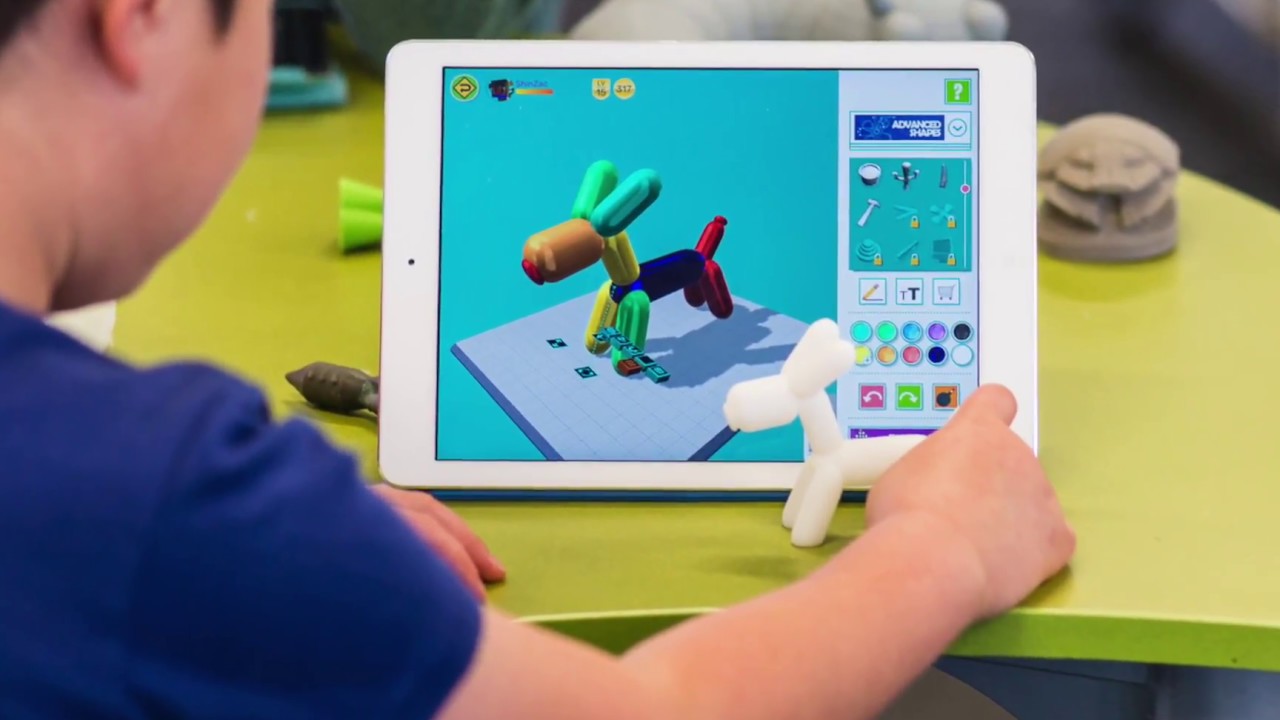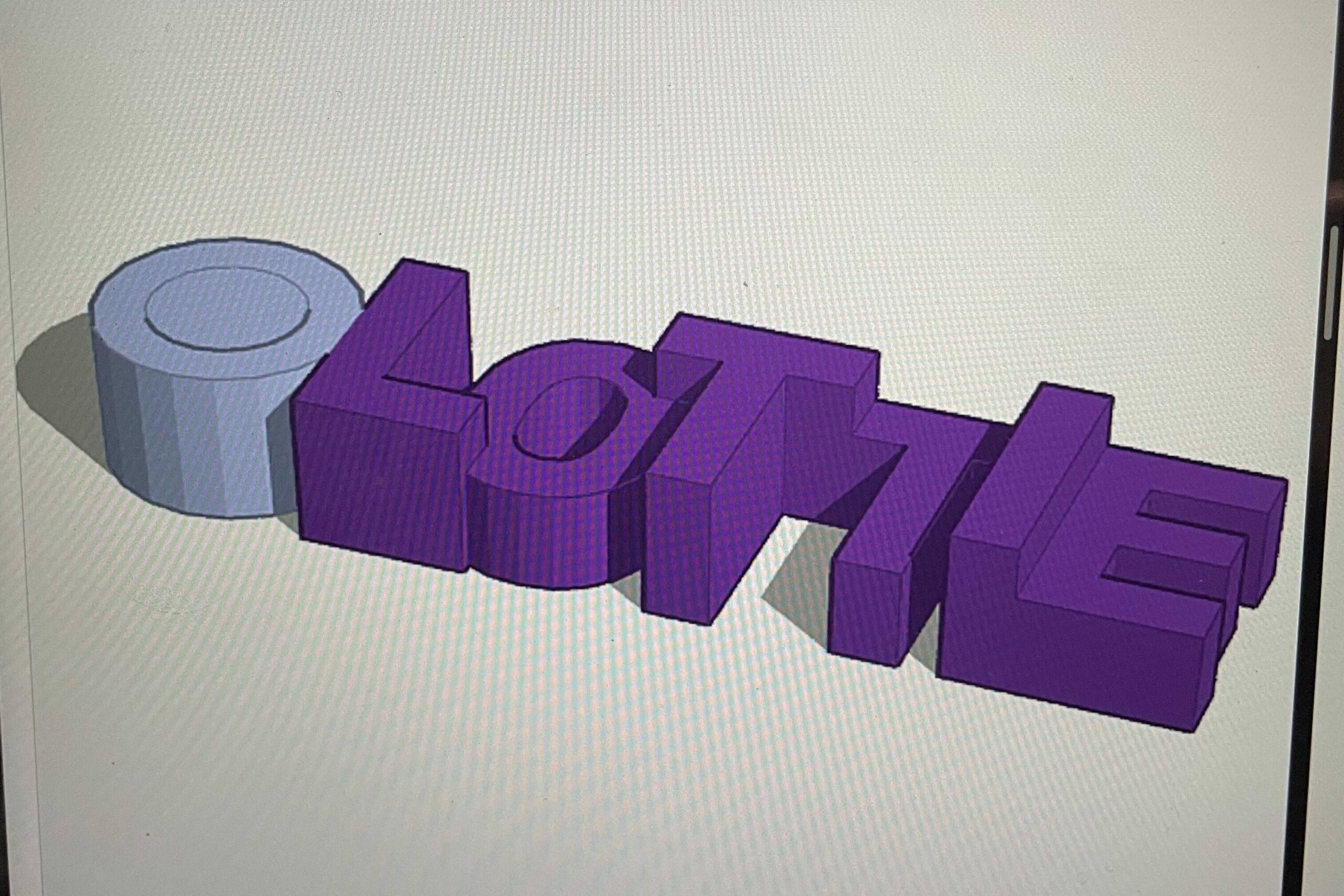Possible cross-curricular active learning opportunities for 3D Design & 3D Printing
STEM classes :
- Math : Cross-curricular activities are important to math as students are able to measure dimensions, calculate volumes and explore the shapes. This will give students the opportunity to measure more accurately. It can reinforce different concepts to students like proportion or volume and surface area.
- Science: Using 3D design in Science students are able to create models of different learning topics like ecosystems or anatomy as well as simple machines like levers or pulleys. All topics reinforce their learning of force, or motion, sustainability and giving them the chance to learn about anatomy in a hands-on aspect.
Art :
- Art may be one of the most popular reasons to use 3D design or printing as students are able to create sculptures and art pieces. They are able to express their creativity and culture in a more interactive way. They would also be given the opportunity to explore with different textures, colours, painting and more.
History :
- By giving students the opportunity to use 3D design in a history lesson, students are able to recreate historical artifacts or landmarks. This gives them the opportunity to expand their knowledge on these cultures as well as think about the thought process of the original creators.
Literacy :
- By connecting literacy and 3D printing, students are given the chance to create “real life” characters for stories they write or draw. They are able to create a “real life” setting for their story to take place. Students would also be able to take characters from an already written story and bring them to life.
What are the potential pros and cons of using 3D Design and print in Grade 2

Pros :
- Engagement : in Grade 2 students are still amazed by almost everything. Having 3D learning within the classroom will have many students captivated and fully engaged in the lesson or activity. By doing so this turns the learning fun and students wanting to do it more.
- Hands – On Learning : This will help students gain a better understanding of learning concepts through tactile experience. Many students need to see or feel a concept for it to click in their brain.
- Real-World Skill : By starting students young with real world skills like proportions or design or even technology, students have more opportunities outside of school as well as find a new hobby or interest. Many students may not realize they are good at Art if they are not given the opportunity to explore all ranges like sculptures rater than just drawing.
Cons :
- Resources : Depending on the school, a 3D printer may not be realistic for their budget. Printers and design need technology and a variety of materials. Educators must be able to safely operate and teach others how to use the system which means they must spend time go through a learning process.
- Complexity : 3D printing and design is not always the simplest. Young students especially in grades under 3 may struggle with the design software and the instructions. This can lead to frustration, which turns into projects not always being done properly and students will likely become discouraged and disengaged.
- Time Consuming : Educators must get through a lot of information within a school day. Unfortunately, 3D printing is not a quick task, meaning it will either take time away from other subjects or students will get frustrated because they are unable to finish their project that day.
Include a screenshot of one of the 3D Designs you made during the workshop
